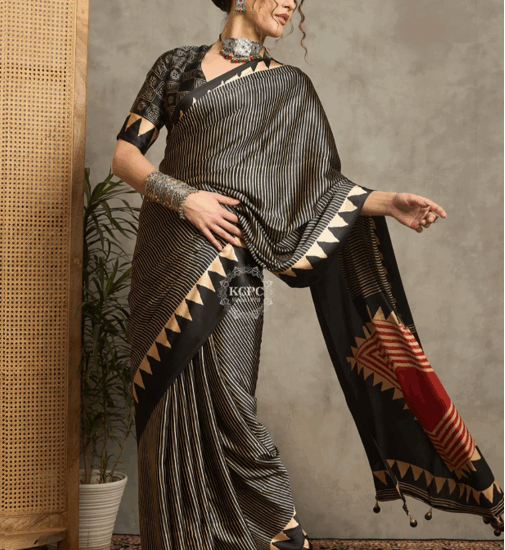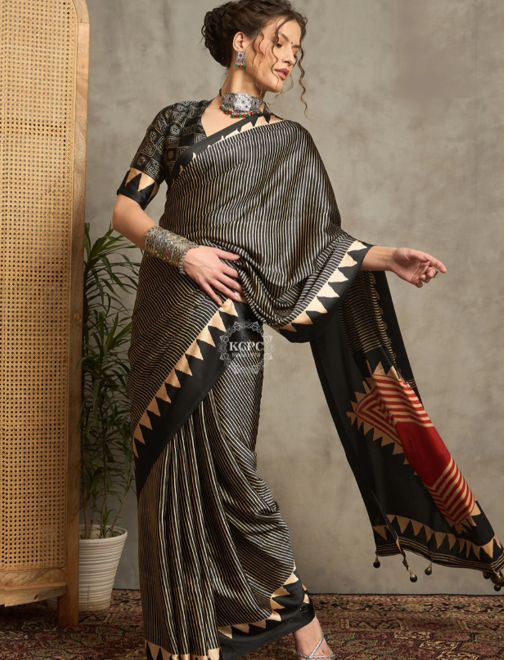In recent years, sustainability has become a driving force in many industries, and the fine jewelry sector is no exception. With a growing awareness of environmental and social issues, both consumers and producers are increasingly looking for ways to make the jewelry industry more ethical and eco-friendly. From sourcing materials to production practices, sustainability is reshaping how fine jewelry with styles similar to those by Lily Arkwright is designed, crafted, and marketed. As consumer preferences evolve, brands are finding innovative ways to align with these values, transforming the future of luxury adornment.
One of the most significant changes in the fine jewelry industry is the increasing demand for ethically sourced materials. Traditionally, precious metals like gold, silver, and platinum, as well as gemstones such as diamonds and sapphires, have been mined in ways that can have devastating environmental and human rights impacts. From destructive mining practices that pollute water sources to the exploitation of labor in hazardous working conditions, these issues have raised concerns among consumers. As a result, jewelers are adopting more sustainable practices to ensure that their products are ethically sourced.
One of the most notable steps toward sustainability in the fine jewelry sector is the rise of recycled materials. Brands are increasingly using recycled metals to create their pieces, which reduces the need for new mining and helps to minimize the environmental impact. Recycled gold, in particular, has gained traction in the luxury jewelry market, as it not only lowers the carbon footprint of the production process but also helps to preserve natural resources. Some companies are also turning to alternative materials, such as lab-grown diamonds, which have a much smaller environmental impact compared to traditionally mined diamonds. These synthetic stones are chemically identical to their natural counterparts, offering a more ethical and sustainable option for consumers.
Transparency has also become a key focus for brands looking to appeal to conscious consumers. Jewelry companies are now providing detailed information about where and how their materials are sourced, offering traceability from the mine to the final product. This transparency allows customers to make informed decisions about their purchases and ensures that brands are held accountable for their sourcing practices. Certifications from organizations like the Responsible Jewellery Council (RJC) and Fairmined further help to ensure that ethical and sustainable standards are met throughout the supply chain.
Another major shift in the fine jewelry industry is the push for more eco-friendly production methods. Traditional jewelry manufacturing often involves the use of toxic chemicals, energy-intensive processes, and wasteful practices. However, many jewelers are now embracing more sustainable techniques, such as using renewable energy sources, reducing waste, and minimizing water usage. Some are even exploring new technologies, such as 3D printing, to create intricate designs with minimal material waste. This not only reduces the environmental impact of the production process but also opens up new opportunities for creativity and innovation in jewelry design.
Moreover, the rise of circular economy models is influencing how fine jewelry is sold, bought, and repurposed. Jewelry rental services, second-hand sales, and upcycling have gained popularity as consumers seek ways to reduce their environmental footprint while still enjoying luxury products. These platforms allow individuals to rent or buy pre-owned jewelry, extending the life of pieces that might otherwise sit in a drawer unused. Upcycling, in which old or damaged jewelry is repurposed into new designs, has also gained traction as a way to reduce waste and give new life to cherished pieces. By embracing these circular economy principles, the fine jewelry industry can create a more sustainable future without sacrificing the luxury and beauty that consumers love.
Sustainability is also influencing the way jewelry is marketed. The growing interest in ethical and eco-conscious products has led to an increase in demand for brands that prioritize these values. Consumers, particularly millennials and Gen Z, are more likely to support companies that align with their social and environmental beliefs. This shift in consumer behavior has prompted jewelry brands to adopt sustainability as a core aspect of their branding, marketing, and storytelling. Companies are highlighting their commitment to sustainability in their campaigns, showcasing the positive impact their practices have on the environment and communities.
The future of fine jewelry is undoubtedly more sustainable, as both consumers and brands embrace the need for ethical and eco-friendly practices. Sustainability is no longer a niche concern; it is becoming a central tenet of the industry. As technology continues to evolve and consumers become more educated about the environmental and social implications of their purchases, the fine jewelry sector will continue to innovate, offering beautiful, luxurious pieces that have a positive impact on the world.





